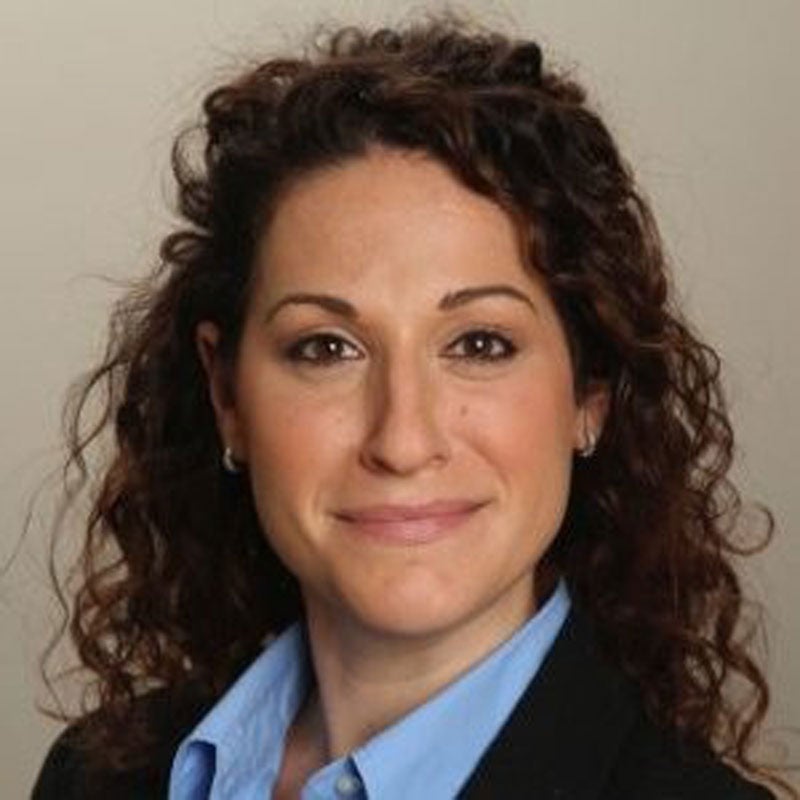Imagine waking up midway through your career and realizing that all the prognostication, research and theorizing you had done was inconsequential. This happened to Frederick F. Reichheld, a director emeritus and fellow at Boston-based strategy consultancy Bain & Co., as well as an all-around authority on consumer and employee loyalty.
Reichheld had spent years attempting to determine the proper yardstick for measuring loyalty. His research focused on retention rates, creating intellectual capital among employee bases and quantifying customer satisfaction. He even published two books on the subject: “The Loyalty Effect” (1996) and “Loyalty Rules!” (2001).
So what happened? Very little, at least within the industry. While his theories were valid, industries were not applying them. In fact, a key question his research had focused on, “How satisfied are you with [company X's] overall performance?” turned out not to be a significant predictor of growth.
But The Loyalty Acid Test, a survey he designed with other Bain associates, hit upon another question, “How likely is it that you would recommend [company X] to a friend or colleague?” When customers were asked to rate this question on a scale of 0 to 10, Reichheld discovered that those offering a 9 or 10 ranking showed the strongest correlation of repurchase and referral rates. Conversely, those that offered a ranking of 6 or below were labeled “detractors” — customers likely to flee the company at the first sign of a better opportunity.
Reichheld's current research has focused on “promoters” — those at the highest end of the spectrum. He spoke with Direct about his changed outlook, and what it means in terms of practical metrics marketers can study.
DIRECT: What is the main difference between the way you viewed loyalty in the past and the way you see it now?
REICHHELD: The early work I did on loyalty was powerful but useless. I have two minds about the success of my career to date. On the ‘glass half full’ side, we've taken loyalty from its grave and put it back on the radar of most CEOs. I see progress being made in people being treated better. But I am frustrated, and see the glass half empty, in that retention rates have not progressed over the last decade. Where the rubber meets the road, customers are not demonstrating loyalty. The more I thought about it, the more I realized that the real benefit of treating people right was turning them into promoters [rather than merely keeping them as steady customers]. No one defined what loyalty was. There was no measurement, no link to profitability or growth. There was a lack of definition. What is loyalty? If what you mean is putting up with lousy value or service, do you want stupid customers?
DIRECT: So what should enterprises be measuring?
REICHHELD: There are two important numbers, and all of the other numbers have to explain them. Companies want lots of profitable customers, and lots of happy customers. We know how to measure one, but not the other. And I think promoters can close that gap.
DIRECT: How should companies evaluate whether they are successfully creating promoters?
REICHHELD: They should examine the difference, within the customer base, of promoters vs. detractors. The median ‘net promoter score’ is just above 10%. Most companies have 10% more promoters than detractors. But the best companies have 80% more. The net of promoters minus detractors doesn't show up in profit and loss statements, but detractors destroy your future and make your employees feel lousy.
DIRECT: Isn't that information already available through satisfaction surveys?
REICHHELD: Satisfaction surveys are such a joke. Bain examined a [multi-location] outlet retailing chain, and analyzed how customer satisfaction scores for each compared to the store's profitability. There was no relationship. None. A lot of what drives profitability and growth in retail is good location, whether it is on a good street corner or not. There was another thing. Managers who were spending the most time getting their satisfaction ratings up were not the best managers. Since it was tied to their bonus, you had the weakest people in the system gaming the index. The Big Three auto manufacturers found that dealers were offering discounts in return for higher satisfaction ratings. And savvy customers were coming in, negotiating the lowest price and then offering to sell higher rankings.
DIRECT: So how do you compensate for that?
REICHHELD: It's really good to look at past purchases as opposed to [anticipated ones]. Most research tries to link to anticipated behavior. Most surveys report 50% intent to repurchase, but real repurchases are 20% to 30%. We waited six months and looked back. We looked at actual purchases in recent past and near future, not intentions.
DIRECT: Are you advocating ignoring net profitability lines in financial statements?
REICHHELD: I love profits. I love profits earned through mutually beneficial relationships. But marketers should strip away the camouflage on profits that are earned through abusive or coercive practices. The real underlying issue is organic growth. Whether a company's core business is growing and prospering. This tool helps people understand why core growth is so low.
DIRECT: What has the analyst community's reaction been to this new metric?
REICHHELD: We haven't pushed it on the analysts yet. Before they are interested we need to have reliable statistics, and most companies don't have reliable statistics yet. A Harvard Business Review article I wrote [“The One Number You Need to Grow,” December 2003] offers reliable statistics. The best companies are going to want to share that with their investors.
DIRECT: Any interest in studying dissatisfaction or potential defection rates?
REICHHELD: Much of my early work focused on defectors. There's a lot of value to be gleaned in understanding why you are creating defectors. But I think there is more value to understanding who the promoters are and how they can drive growth. And growth is the most important metric, even more than profits.
DIRECT: I could see that being true for burgeoning businesses, but what about mature industries?
REICHHELD: I think that mature industries have gone brain dead. They just aren't innovative. The key is making your customers' lives better. Faster, cheaper and more enjoyable. We have been able to create this unbelievable economy through people figuring out how to make their customers' lives better.




